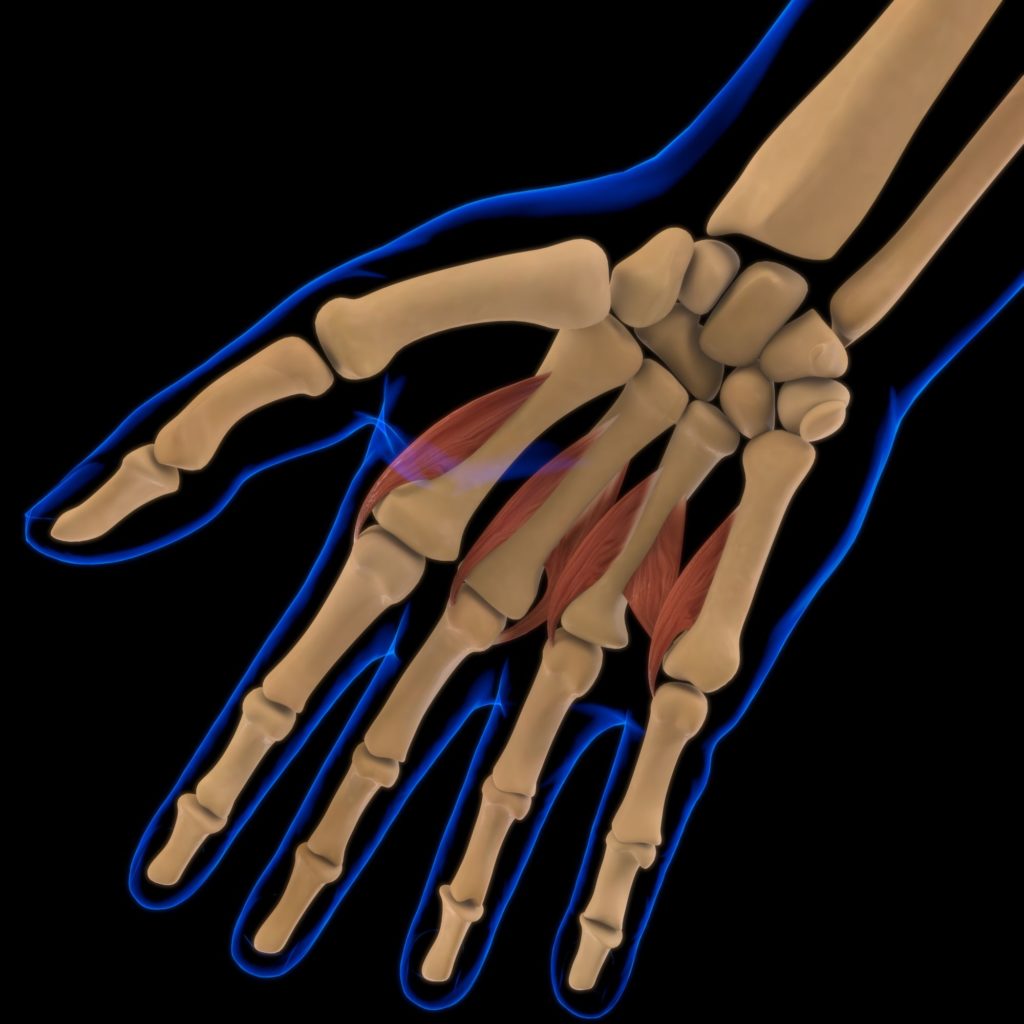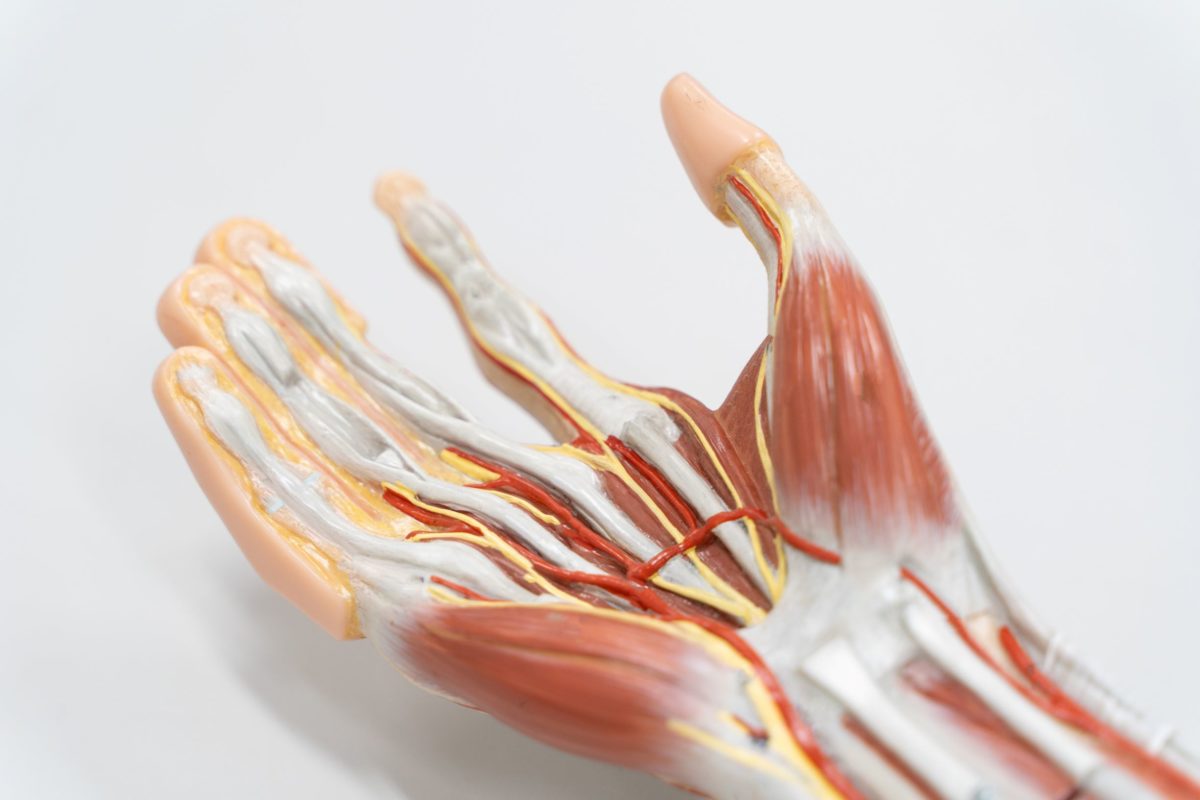Have you ever really stopped to think about how spectacular your hands are? You use them for just about everything in life — from pumping iron at the gym to pumping gas at the gas station. They can be flat, or they can be clenched into fists. You can wiggle your fingers all around, bend them, and use them to point at someone. Our hands are truly a thing of beauty; there aren’t many other areas of our bodies that can take so many different forms. Just how many muscles are in the hand to enable all this power?
The hand muscle anatomy is very intricate, understandably, and most of the hand movements are actually controlled by the forearms.
How Many Muscles are in the Hand?
There are about 30 hand muscles, most of which lead to the wrists and forearms.
The formal terms for the various types of hand muscles are:
- Dorsal interossei and palmar interossei muscles
- Lumbrical muscles
- Hypothenar muscles, which include abductor, flexor, and opponens digiti minimi
- Thenar muscles, which include abductor pollicis brevis, flexor pollicis brevis, and opponens pollicis muscles
Technically, there are no muscles in the fingers, with the exceptions of the adductor pollicis and abductor pollicis longus at the base of the thumb.

If that all sounds rather foreign to you, don’t worry. We’ll explain.
1. The interosseous muscles are a network of muscles found on and in between the knuckles that enable us to bend the joints in the fingers. The dorsal muscles are used to spread the fingers, while the palmar muscles are used to bend them.
There are four dorsal interosseous muscles in each hand.
Palmar interossei consist of four muscles each that attach to the first, second, fourth, and fifth fingers. The third finger does not have a palmar interosseous muscle.
2. The lumbrical hand muscles extend to underneath each finger. We use them to straighten our fingers and bend the joints. There are four in each hand.
3. The three muscles on the side of each of your hands near the small finger are the hypothenar muscles. They enable you to move the pinky away from the ring finger, bend the pinky, and make a fist.
4. The thenar muscles are perhaps the most recognizable. They are three short muscles in the thick area of your palm under your thumb. These muscles give the thumb the ability to move the way it does, as well as enable us to grasp items. (If you’re interested in an additional nugget of medical trivia, the bulge under your thumb is known as hypothenar eminence.)
5. The two muscles near the thumb, the adductor pollicis and abductor pollicis longus, enable us to pinch. One is located between the index finger and thumb, and the other passes through the wrist.
Possible Causes of Hand Muscle Pain
If you are reviewing the anatomy of the hand because you are feeling pain in your hand muscles, you may wish to learn about the most common causes of this pain. They include inflammation, nerve damage, basic overuse, and sprains, fractures, or other traumatic injuries.
Chronic health conditions also can lead to hand pain. They include:
- Arthritis
- Gout
- Carpal tunnel syndrome
- DeQuervain’s syndrome
- Dupuytren’s contracture
- Raynaud’s phenomenon
- Hand nerve damage
- Trigger finger
If you have pain in your hand, see our hand specialist at our Warren, West Bloomfield, Macomb Township, or Howell office. Dr. Arora can analyze the skin, joints, and muscles of the hand and recommend tests to identify the source.














